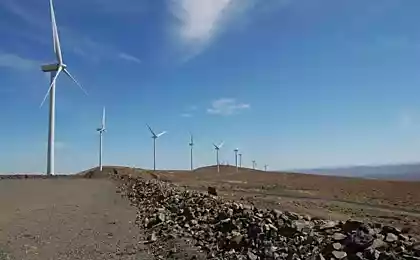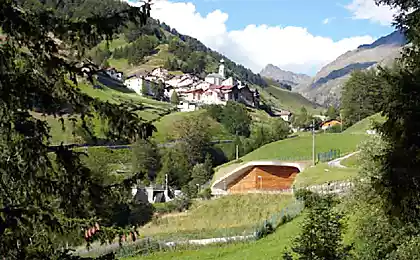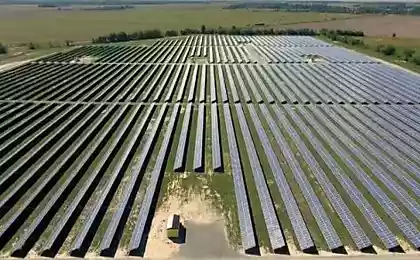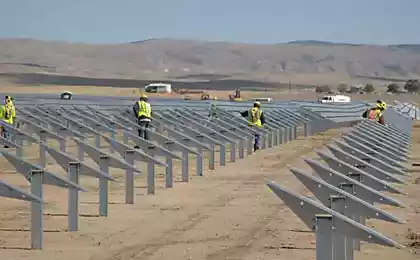432
The first hybrid flywheel power storage will be built in Europe
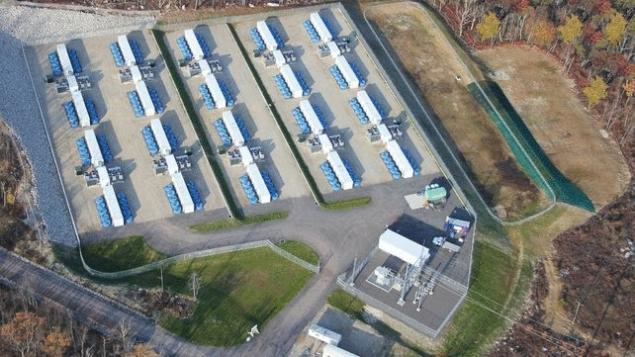
First connected to the national grid, the project hybrid-mahovikova power plant will soon be built in Europe, according to a recent Minister of Ireland. Irish company SchwungradEnergie Limited, which developed the project, will cooperate with the Department of physics & energy University of Limerick.
It is planned that the American company Beacon Power will also provide some support.
The construction of the project will be the village of Rhode, County Offaly, located in the centre of Ireland.
To support the development of the project in December 2014, the European Commission has allocated 2.55 million €. As a demonstration of "potential" draft Irish energy company EirGrid has chosen this proposal as part of its programme of smart grid.
System the flywheel consists of a special carbon fiber tube that is magnetically levitated in a vacuum.
Electricity from renewable sources such as wind turbines and solar panels causes the pipe or the flywheel to rotate at very high speed. Because the flywheel is in an environment where almost no frictional force, it continues to rotate as long as there is a need for electricity.
At this point, the kinetic energy accumulated by the flywheel is used to generate electricity that is fed back to the grid. Each flywheel has about two meters in height and to reduce the visual impact on the landscape, they are partially buried in the ground.
"The flywheel technology has the full right to be called 100% clean power source, as this hybrid technology does not use fuel and does not form harmful emissions, and also consumes no water. The system simply absorbs energy, stores it and at any time ready to send to the grid. It is not a powerhouse in the usual sense, but it works as a "shock absorber" bursts of energy and dynamic support system, accumulating and re-directing to the network small but very variable amount of energy in accordance with the current requirement of the power grid," explains Frank Burke, technical Director Schwungrad.
Unlike batteries, flywheels do not use chemicals, they use mechanical energy. Theoretically, this can allow them to work longer. They are non-toxic and non-flammable. The flywheel also uses no water and does not have harmful emissions.
In the framework of the project it is planned to create about 55 jobs. From 30 to 40 will be required during the construction phase, and about 15 will be permanent.
Energy storage is a rapidly developing area and, as a rule, the typical news about the battery systems used to store electricity, but flywheels can work very successfully for some industries, as is demonstrated in the video NASA. Need more investment and time will be invested in the development of both technologies, probably we will see new achievements that contribute to the growth of efficiency for the whole industry.published
P. S. And remember, only by changing their consumption — together we change the world! ©
Source: www.facepla.net/the-news/energy-news-mnu/5033-%D0%B3%D0%B8%D0%B1%D1%80%D0%B8%D0%B4%D0%BD%D0%BE-%D0%BC%D0%B0%D1%85%D0%BE%D0%B2%D0%B8%D0%BA%D0%BE%D0%B2%D0%B0%D1%8F-%D1%8D%D0%BB%D0%B5%D0%BA%D1%82%D1%80%D0%BE%D1%81%D1%82%D0%B0%D0%BD%D1%86%D0%B8%D1%8F.h







